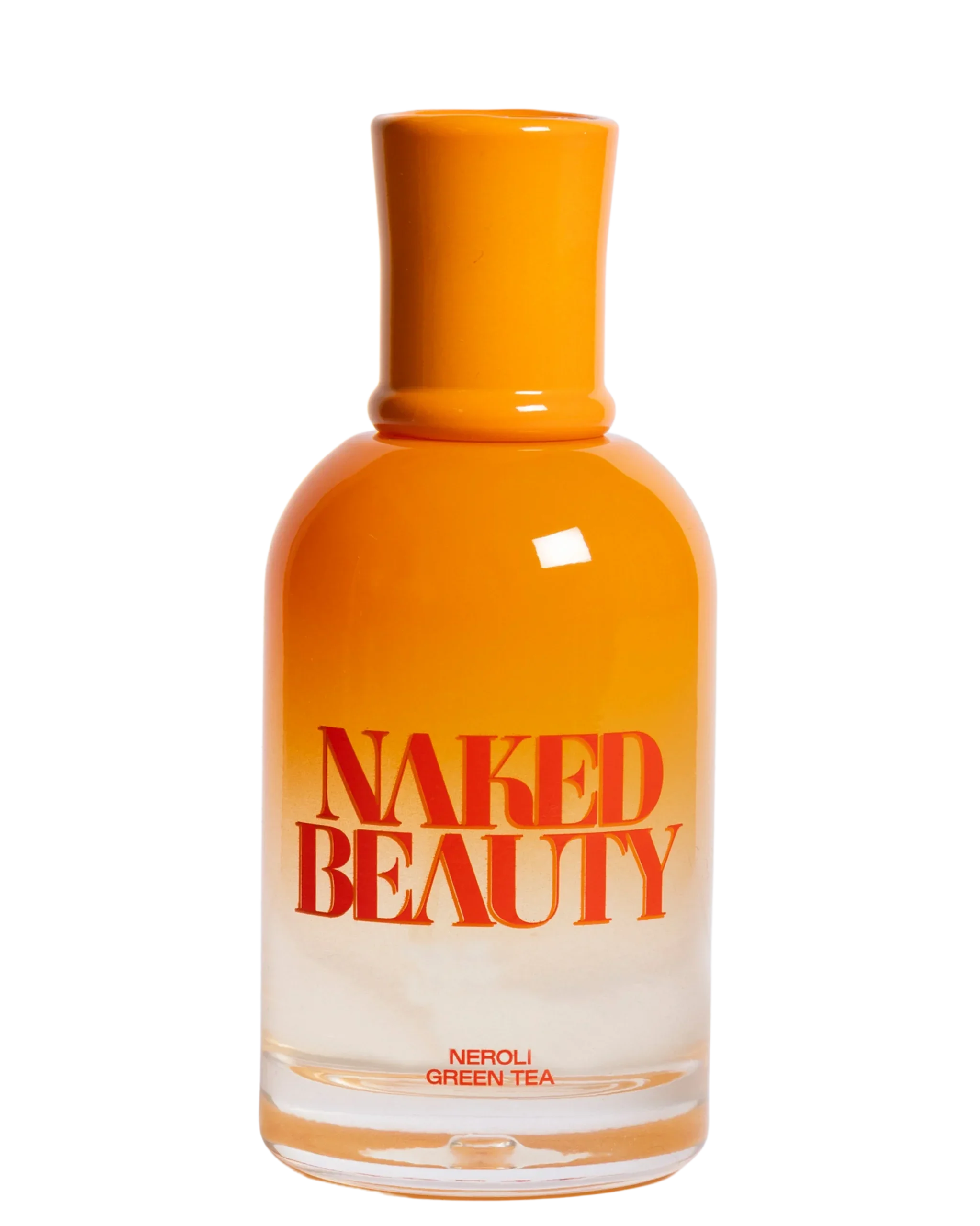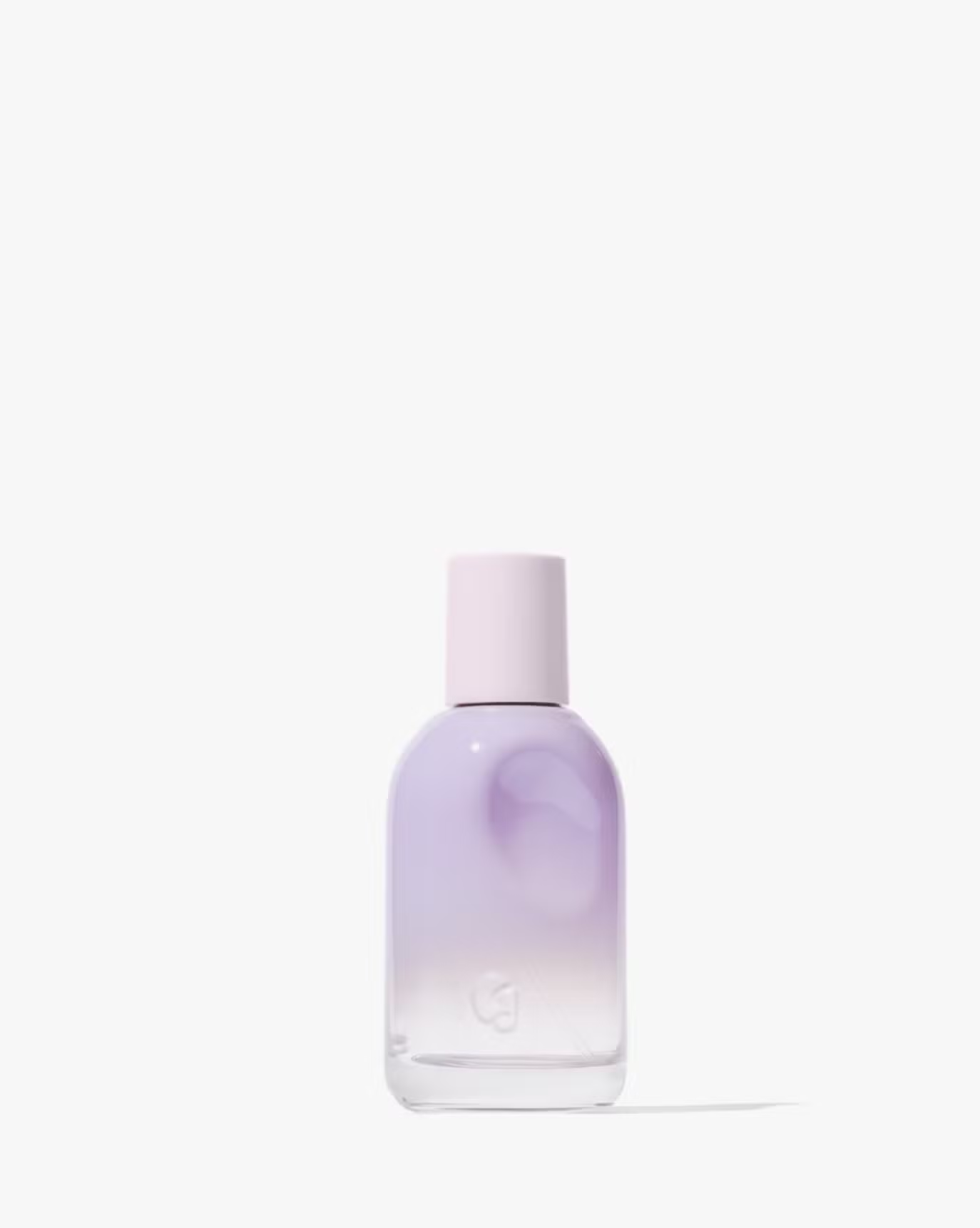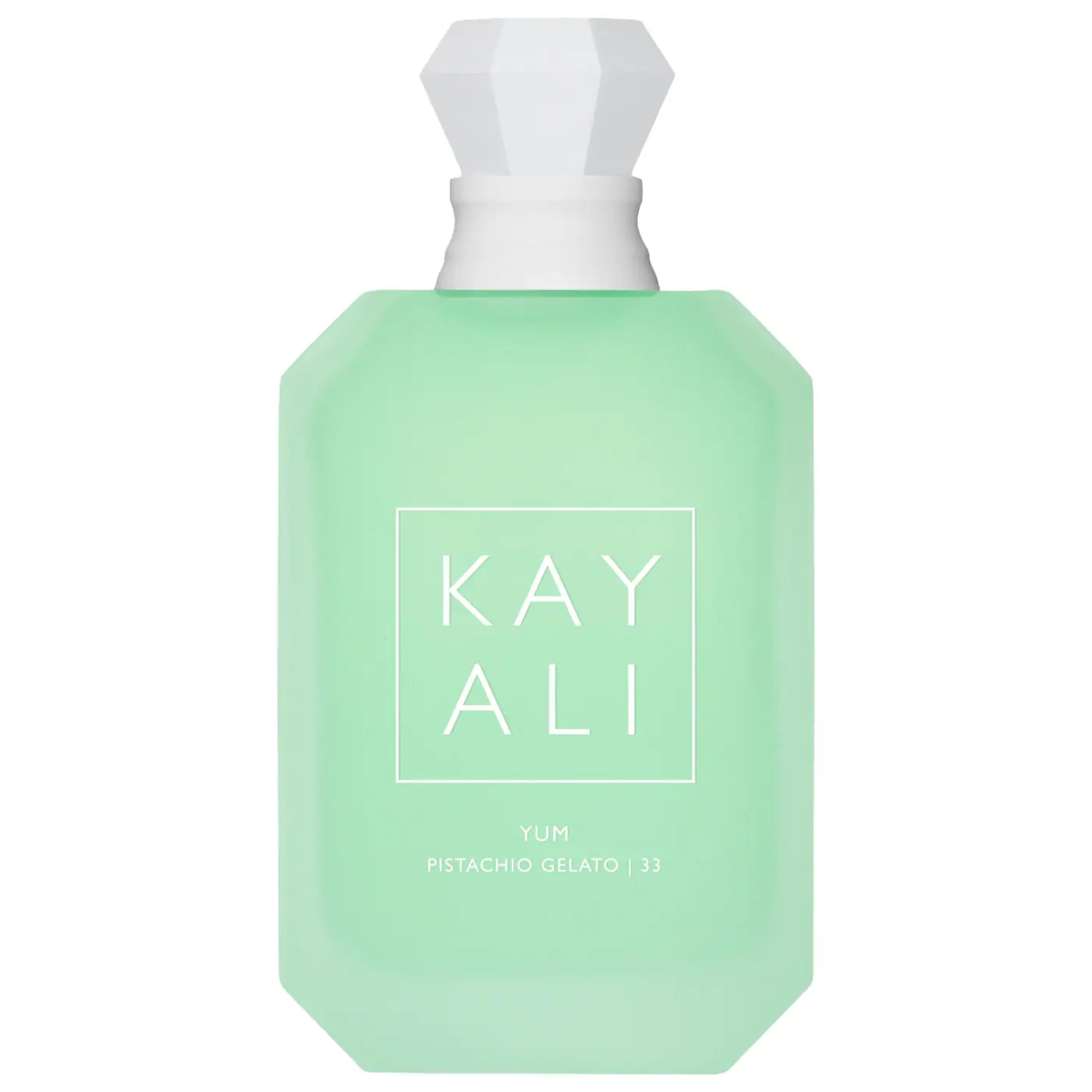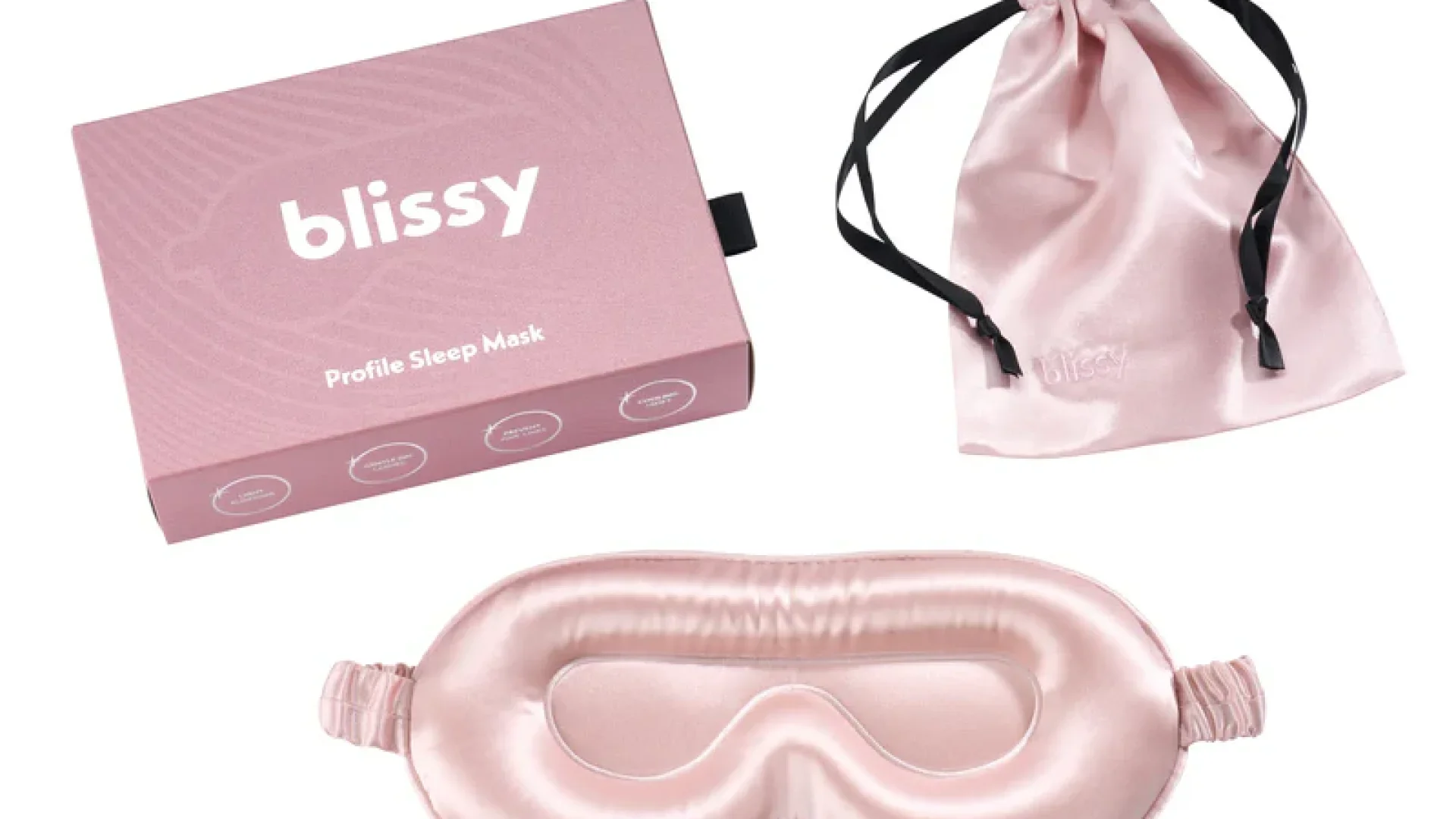
For months now, no matter where I go, “Bodak Yellow” is not far behind.
I hear it when cars drive by. I hear it blasting from people’s speakers on stoops or in transit on sidewalks. I hear it spilling out of the headphones of people putting the long term potency of their hearing at risk. I’ve heard it at parties, bars, and even fundraisers. I hear “Bodak Yellow” everywhere. The second I heard Cardi B’s single, I knew that it was a hit, but how big a hit it has turned out to be is thrilling but nonetheless surprising.
On addressing the impact of the top five hit on the Billboard 100 — with no signs of slowing down any time soon — Jezebel’s Rich Juzwiak noted that fewer than 20 female rappers have managed to make the top 20 of the Billboard 200 since the year 2000. Of these, only three of the women have managed to net these feats with solo singles: Nicki Minaj and Young M.A. Although the latter artist’s single “OOOUUU,” hit No. 19, she was, by and large, an anomaly. As dominate a force as Nicki Minaj has been (this year she officially bested Aretha Franklin’s record for the most Hot 100 hits), most of Nicki’s best performing singles have been pop-rap hybrids if not flat out majorly sung singles.
For years, Nicki Minaj has been criticized for her ping ponging back and forth between her hip-hop roots and her pop leanings, which have included tracks that sound like you need a glow stick to get through. Some of that criticism has always felt misguided. While true enough Minaj is at her best when she’s doing what she does best — rapping — without (perhaps cynically, or at the very least, shrewdly) her forays into pop, it’s hard to imagine she would be as big a star as she is now. Not only did Minaj’s rise take place at a time when female rappers were a relic in mainstream hip-hop, but it also happened at a time in which even R&B artists were struggling to rise on the Hot 100 like they did in yesteryears.
The system changed. Black radio airplay didn’t command the power it once did in previous decades and it hit Black female artists especially hard. Minaj may have arguably courted pop audiences too aggressively, and in the process, made it all the more challenging to get the respect she deserves as an emcee, but in the end, the success she has now demanded that she give in just a little. If not for her success, it’s difficult to see labels signing up as many female rappers as they have within the past two years.
Initially, Cardi B was going to follow the typical route labels go with “urban” acts they sign: drop a buzz single, maybe another buzz single, and possibly even another buzz single if the other two didn’t take off and then drop an EP. An EP is a sample of what’s to come, and more importantly, a test to see how the audience is responding to the artist the label just poured money into. Artists like Sevyn Streeter are a good example of this, as she released two EPs — 2013’s Call Me Crazy, But…and 2015’s Shoulda Been There, Pt. 1 — respectively before finally dropping her full length debut album, Girl Disrupted, this year.
With “Bodak Yellow” being so hugely successful, Cardi B has since announced that her debut album will be released in October. The fast tracking is a testament to Cardi B showing that she doesn’t need training wheels to launch her career. She’s got this. For those seeing Cardi B’s relatively quick success on the charts (she only reportedly signed a major label deal with Atlantic Records in the Spring) and dismissing her as a one-hit wonder, do yourself a favor and shh.







Cardi B will not be a one hit wonder. In many ways, being a popular social media personality has helped her master how to craft a catchy song. She knows how to create punchy, memorable lines and by now, she knows how to gauge what audiences want and expect from her. For those who have heard Cardi B’s mixtapes, we already knew she could make good tracks.
What she needed was a machine behind her. She has that in Atlantic, but even they didn’t make this happened.
Cardi herself did.






